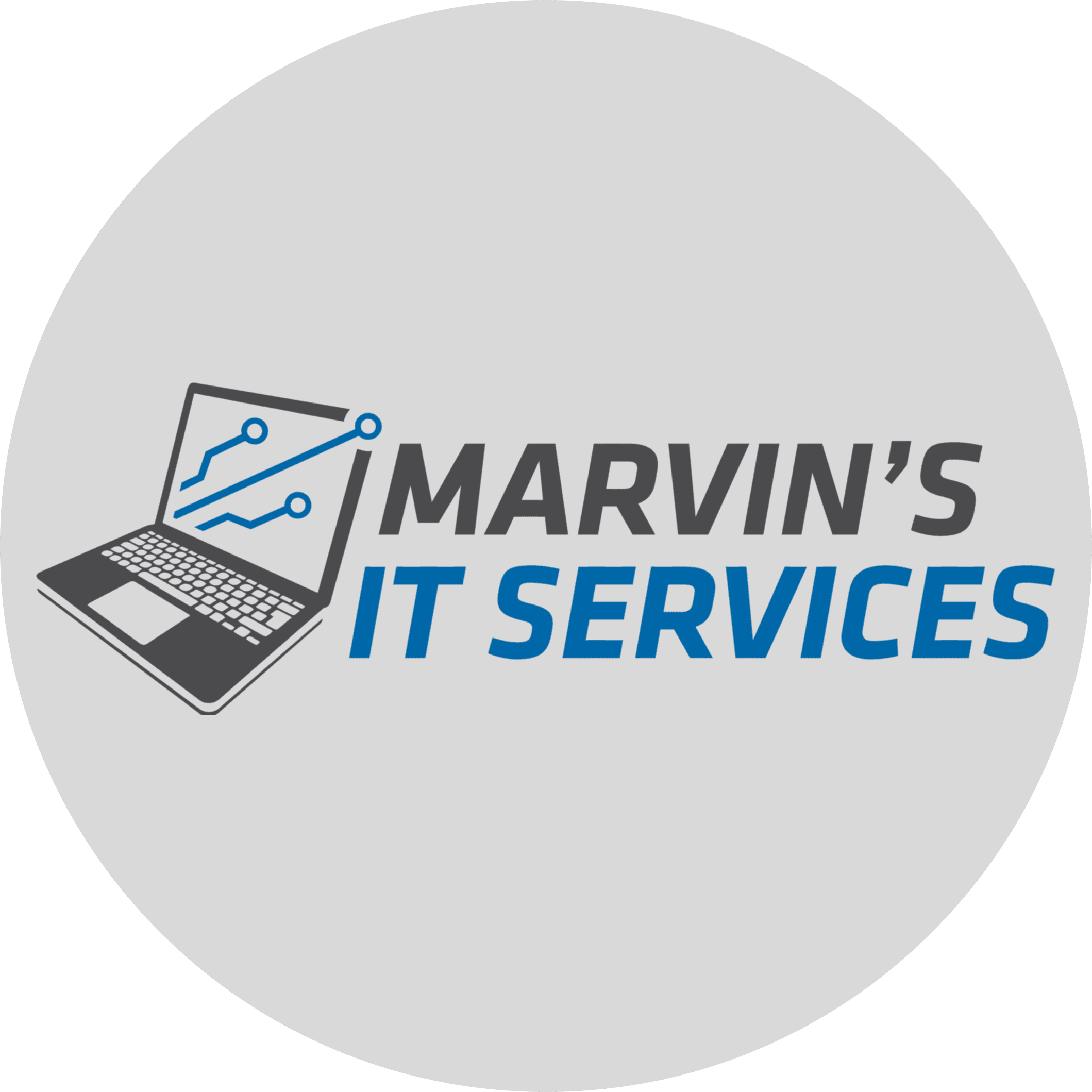10 Cybersecurity Best Practices Every Employee Should Follow

Posted on August 10, 2024
In today’s digital landscape, cybersecurity isn’t just the IT department’s responsibility; every employee plays a critical role in keeping a company’s data safe. For small businesses and large enterprises alike, an unsecured network can lead to data breaches, financial loss, and reputational damage. This article outlines 10 essential cybersecurity best practices every employee should follow to help keep the organization’s digital assets secure.
1. Create Strong Passwords
Strong, unique passwords are one of the simplest yet most effective cybersecurity defenses. Employees should create complex passwords containing at least 12 characters with a mix of upper and lowercase letters, numbers, and symbols. Passwords should be updated regularly to prevent unauthorized access.
2. Use Two-Factor Authentication (2FA)
Two-factor authentication adds an additional layer of security by requiring a second verification step after entering a password. This can be a code sent to a mobile device, a fingerprint, or an app verification. 2FA minimizes the risk of unauthorized access even if passwords are compromised.
3. Avoid Phishing Scams
Phishing is one of the most common types of cyberattacks, where attackers impersonate trusted entities to steal sensitive information. Employees should be cautious of unexpected emails, especially those requesting personal information or containing suspicious links. If in doubt, verify the sender before clicking any links.
4. Do Not Use Public Wi-Fi for Work
Using unsecured public Wi-Fi can expose sensitive business data to hackers. Employees should avoid using public networks for work-related tasks. If necessary, they should connect via a secure Virtual Private Network (VPN) to encrypt their internet traffic.
5. Update Software Regularly
Outdated software is one of the biggest vulnerabilities in cybersecurity. Ensure that operating systems, applications, and antivirus programs are up to date. Enable automatic updates when possible to avoid leaving systems exposed to known security flaws.
6. Lock Your Computer When Not in Use
Physical security is often overlooked in cybersecurity practices. Employees should lock their devices when stepping away from their desks to prevent unauthorized access, especially in shared or open-office environments.
7. Be Cautious With Removable Media
External devices like USB drives can carry malware. Avoid using unknown USB drives, and be sure to scan any removable media before accessing files on a work computer. This simple step can prevent potential malware infections from spreading through your network.
8. Report Security Incidents Immediately
Prompt reporting is essential to preventing further damage when an incident occurs. Employees should understand the protocol for reporting cybersecurity incidents, including whom to contact and what information to provide. The sooner an issue is reported, the quicker the IT team can contain it.
9. Limit Access to Sensitive Data
Not every employee needs access to all company data. Employees should only have access to the files necessary for their roles. By limiting access, companies can reduce the risk of accidental or malicious data breaches.
10. Practice Safe Browsing Habits
Cybersecurity risks are also present online. Employees should avoid visiting unsecured websites, downloading files from unknown sources, and clicking on pop-ups. Safe browsing habits help prevent malicious software from compromising devices and sensitive information.
Conclusion
Cybersecurity is a collective effort, and by following these best practices, employees can significantly reduce the risk of cyber threats to the organization. Implementing a robust cybersecurity policy and training employees on these practices is key to maintaining a secure work environment. If your business is looking to strengthen its cybersecurity measures, Marvin's IT Services offers comprehensive IT support tailored to your needs.
By following these best practices, employees play an active role in protecting company data, reducing vulnerabilities, and fostering a secure digital environment.
Contact Us
Get in Touch With Us
Ready to elevate your IT and computer service experience? We're here to listen, assist, and provide solutions tailored just for you. Reach out today!

